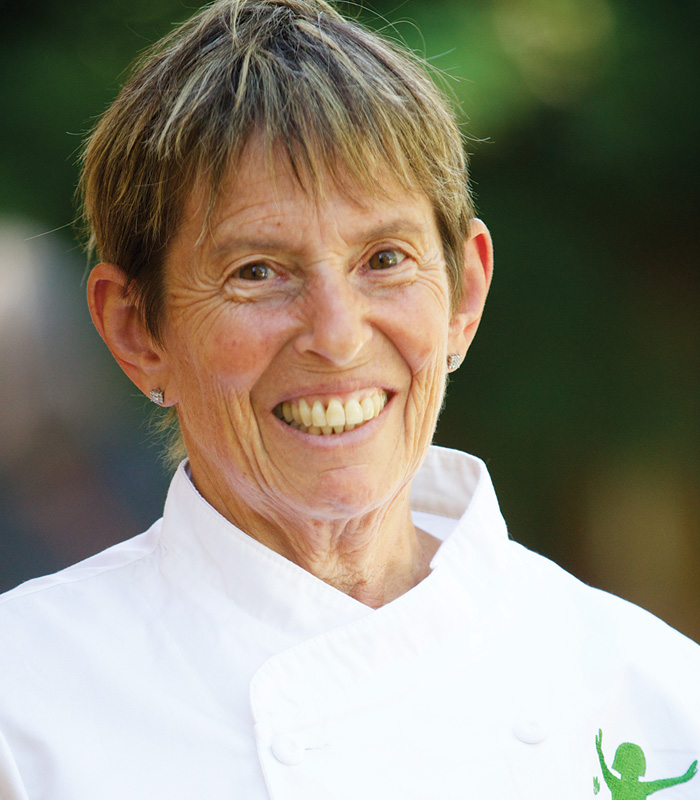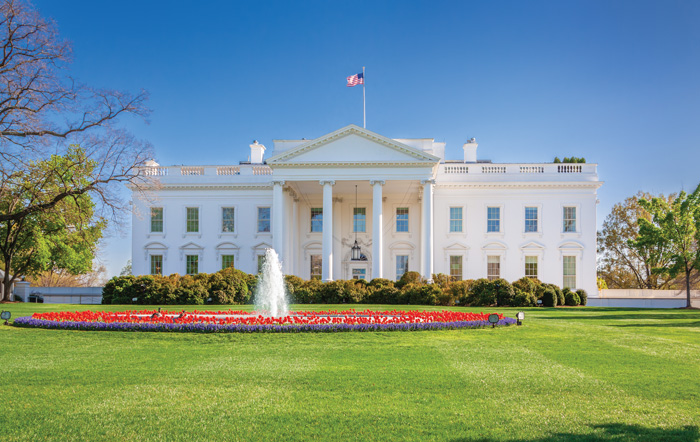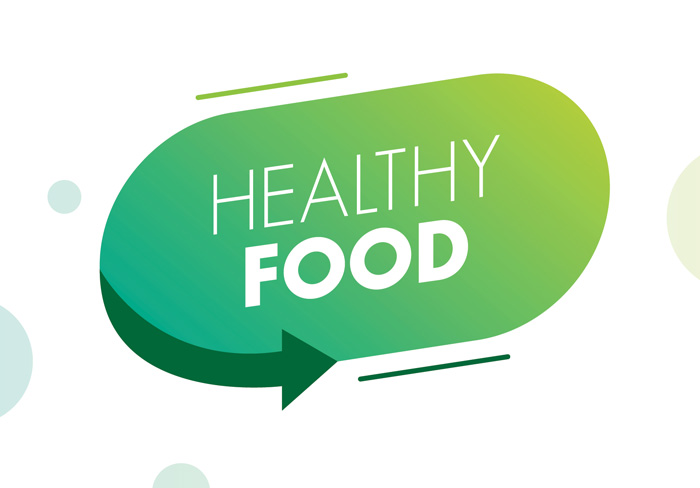
After a Historic Nutrition Summit, What’s Next?
Leading voices in diet, health, and food security reflect on what the White House Conference accomplished, where it will lead, and what could have been better.
Article Content
The White House Conference on Hunger, Nutrition, and Health, the first such conference in more than a half-century, produced a plan to tackle youth malnutrition and the generally poor American diet and created some optimism the event would mark a turning point on that score.
But there also was significant criticism of the conference—and recognition that a one-day summit in Washington, D.C., wasn’t alone going to overcome the many obstacles on the long slog to help the nation eat better.
“It accomplished what it set out to do: put the topic front and center,” says John Ruff, chief science advisor of the Institute of Food Technologists (IFT). “It also acknowledged that despite lots of progress, in many areas the nutritional health of the U.S. population hasn’t significantly improved, and something needs to change.”
President Joe Biden led the conference’s call for an overall goal to end American hunger by 2030. “When the president himself gets on a stage in a room full of people and in front of America and says we’re going to eradicate hunger, in all the ways the government touches that, it is meaningful,” says Ann Cooper, head of the Chef Ann Foundation, which promotes healthier school meals.
Marion Nestle, a nutrition advocate and New York University emerita professor, appreciated the gathering’s “laser focus on hunger, and particularly hunger in disadvantaged communities.” She notes that “there was an enormous effort to include people who had the lived experience of hunger.” That included Jimmieka Mills, “who grew up on food stamps,” became co-founder of the not-for-profit Equitable Spaces, and introduced Biden at the conference.
“What I liked a lot was talking about investments to transform the food system, including federal incentives,” says Hank Cardello, a business professor at Georgetown University and a former food industry executive. “That’s how this thing has to go. I envision a public-private partnership that has a fully engaged food industry and government and the public health community to make change.”
Indeed, the conference comprised the most significant top-down attention to hunger and the food ecosystem since First Lady Michelle Obama’s widely heralded “Let’s Move” health and fitness initiative in 2010, which led to the creation of the not-for-profit Partnership for a Healthier America. That followed a Clinton administration project that spawned the not-for-profit Alliance for a Healthier Generation.
Great Expectations
Many programs came out of a 1969 conference helmed by President Richard Nixon, leading to hundreds of policy changes and the launch of critical nutritional safety nets, including the WIC program for low-income women, infants, and children a few years later. So, many left the September conference with similar kinds of hope.
The most substantial immediate result of the conference was the release of a White House strategy that “identifies ambitious and achievable actions” across five pillars: improving food access and affordability; integrating nutrition and health; empowering all consumers to make healthy choices; supporting physical activity for all; and enhancing nutrition and food security research. The White House also got to tout more than $8 billion in private- and public-sector commitments to boosting the conference’s goals.
Medically tailored meals for those on Medicare was one initiative welcomed by many. “There’s probably enough excitement about that to get something piloted, whether or not it becomes a program long-term the way WIC did out of the first conference,” says Lisa Sanders, principal at Cornerstone Nutrition. The discussion was “a huge advancement,” notes Sue Daugherty, CEO of Manna, which provides medically beneficial meals, and vice chair of the Food Is Medicine Coalition.
School lunches also loomed large in the proceedings, including discussion of restoring free meals that the federal government provided toward the end of COVID, and advocacy of “scratch” cooking for school lunches.
The backdrop for the conference was set when the federal government simultaneously made some major related announcements. One was the U.S. Food and Drug Administration’s long-awaited proposed redefinition of permitted “healthy” terminology for food. The other was the administration’s statement of a push for a standardized, front-of-pack nutrition labeling system.
Here are some additional observations by those who attended, virtually participated, or paid close attention to the conference, edited for brevity.
Industry was mostly absent. Unlike Alliance for a Healthier Generation events, where “you did see a big presence of Big Food,” at September’s gathering, “there wasn’t a lot of discussion about mass market products or how, for instance, do we work better with Tyson,” Cooper says.
That absence, Ruff says, “was a mistake. Industry, in the end, are the group that will make this work or not.” Or, as Joanne Slavin, a nutrition professor at the University of Minnesota, puts it, “All the places that provide food in our country got the short end of the stick.”
“It’s not that food companies should drive the bus,” Cardello observes, “but they’re part of the package here, and I feel they really needed to be more actively engaged. That’s what CPG companies do. They’re good at understanding the consumer, and there are tools they can leverage to educate and motivate consumers to make changes.”
Bipartisanship was missing, too. The partisan atmosphere was a notable contrast to the 1969 White House conference, Nestle says. “Nixon’s words were eloquent and forceful and expressed a level of consciousness,” she observes. “That was a bipartisan conference. This was not.”
Indeed, Democratic politicians were noticeable at the September conference, but Republicans were a rare sight. “It seemed to have a very bipartisan approach leading up to the conference, but on the day of it, [it] didn’t seem there was as much bipartisan support,” Sanders says.
She and others attributed the situation partly to a lack of Biden administration invitations to GOP members, especially on a timely basis. “There were some Republican Congressmen who didn’t get invited until 24 hours before the event, so they couldn’t show up,” Sanders says.
Last-minute didn’t help. In general, there was plenty of criticism about poor organization of the conference. Congressional funding for the effort was going to expire when the fiscal year ended on September 30, and some maintain that the conference was thrown together to reflect that, including the ad hoc nature of many invitations. There was no printed program and an incomplete agenda online, according to participants.
“It was the worst-organized conference I’ve ever been to,” Nestle says. “And that set a tone. The invitation list was obviously a mess.”
Slavin calls the invitation process “very secretive, like who was going to the prom. And then it became like a wedding was happening and no one was putting the food on the table.”
What didn’t get attention. Participants complain that some significant hunger and nutrition topics, including obesity and other challenges, got short shrift at the conference.
Mitzi Baum, CEO of Stop Foodborne Illness, says food safety received little attention. “Discussing hunger, nutrition, and health rings hollow without any recognition of the impact of food safety on each of the subjects,” she says.
Walter Willett, professor at the Harvard T.H. Chan School of Public Health, says that “the conference was relatively silent on the need to control marketing of unhealthy foods and beverages to children. This is exploitation of children and is causing them to suffer and live shorter lives.”
Willett also notes that the gathering “was silent about the impact of diets on climate change, which is an existential problem for Americans and all humanity.”
What is the future? Some were encouraged that the White House plans regular follow-up conference calls to advance things. Also encouraging is the fact that there was “a lot of discussion around multistakeholder engagement, which is necessary here,” Ruff says. “But that’s like the phrase ‘public-private partnership’: Everyone says it, but they have no clue how to make it happen.”
As Willett put it, “Substantial improvement in diet quality will take efforts beyond what was proposed, including a mix of subsidies and taxes that make healthier choices more affordable than unhealthy choices.” He notes that this should include enhancing the Supplemental Nutrition Assistance Program “to encourage healthier foods and beverages.”
But most progress on the conference goals depends on Congressional funding and leadership, everyone acknowledged, so they weren’t hopeful for immediate progress.
“We’re in a time of very partisan politics, and to make these changes will require Congress to get behind these changes,” Cooper says. “Some of them cost money, and that means they have to be allocated by Congress. But Congress doesn’t seem to be able to agree on a lot of things right now.”
For example, Nestle observes, the return of “universal” school meals “is up to Congress, and in an election year it’s hard to know what will happen. The White House got $8 billion in commitments from food and other companies to work on some of these issues, but without legislation it’s very difficult.”
As Anna Rosales, senior director of government affairs and nutrition for IFT, concludes: “It can’t happen in a day. A lot of different work will have to come out of this.”
A Look at Proposed Label Changes
One of the best ways to view the Biden administration’s efforts to boost Americans’ nutrition and health might be to include a couple of things the federal government did just before the White House Conference on Hunger, Nutrition, and Health: It announced a strategy for a standardized, front-of-package food labeling system and proposed updated criteria for when foods can be labeled with the nutrient content claim “healthy.”
Finally responding to pushes that nutrition advocates have been making since Democrats regained the White House in 2021, the U.S. Food and Drug Administration (FDA) said that it will research and propose a new front-of-package scheme to “help consumers, particularly those with lower nutrition literacy, quicky and easily identify foods that are part of a healthy eating pattern,” the White House wrote.
The FDA also said that it’s going to align the definition of the “healthy” claim with current nutrition science, the updated Nutrition Facts label, and the current Dietary Guidelines for Americans. More foods would be eligible to use the claim on their labeling, including nuts and seeds, salmon and other higher-fat fish, certain oils, and water. And there would be new limits on saturated fats, sodium, and added sugar.
Experts were mixed on welcoming these developments that essentially were simultaneous with the White House Conference, but several conference participants and observers were critical or at least skeptical.
“’Healthy’ is diets but not any particular food,” says Joanne Slavin, a nutrition professor at the University of Minnesota. “Let’s slow that down. There’s more than enough information on the package already, and nutrition shaming hasn’t gotten us anywhere on added sugar, sodium, and solid fats. Any one food doesn’t make a diet.
“We don’t need to put more of a burden on food manufacturers to put stop signs on stuff,” she continues. “It’s insulting to consumers.”
IFT Chief Science Advisor John Ruff also criticizes the healthy labeling move. “The reality is that you’re not going to see more than 10% of food products put a ‘healthy’ label on,” he says. “And the food industry has been arguing against many of these front-of-pack labels for 20 years because they oversimplify. Do we need a red label to tell us we shouldn’t be eating fat- and salt-containing potato chips? No.”
Marion Nestle, healthy eating advocate and New York University professor emerita, questions the FDA’s announcement from another angle. “I don’t think we need health claims on food products at all,” she says. “They’re not about health. They’re about marketing products. If you really want to eat healthy, you’re going to be eating real food. You’re not going to be eating products with labels on them.”












